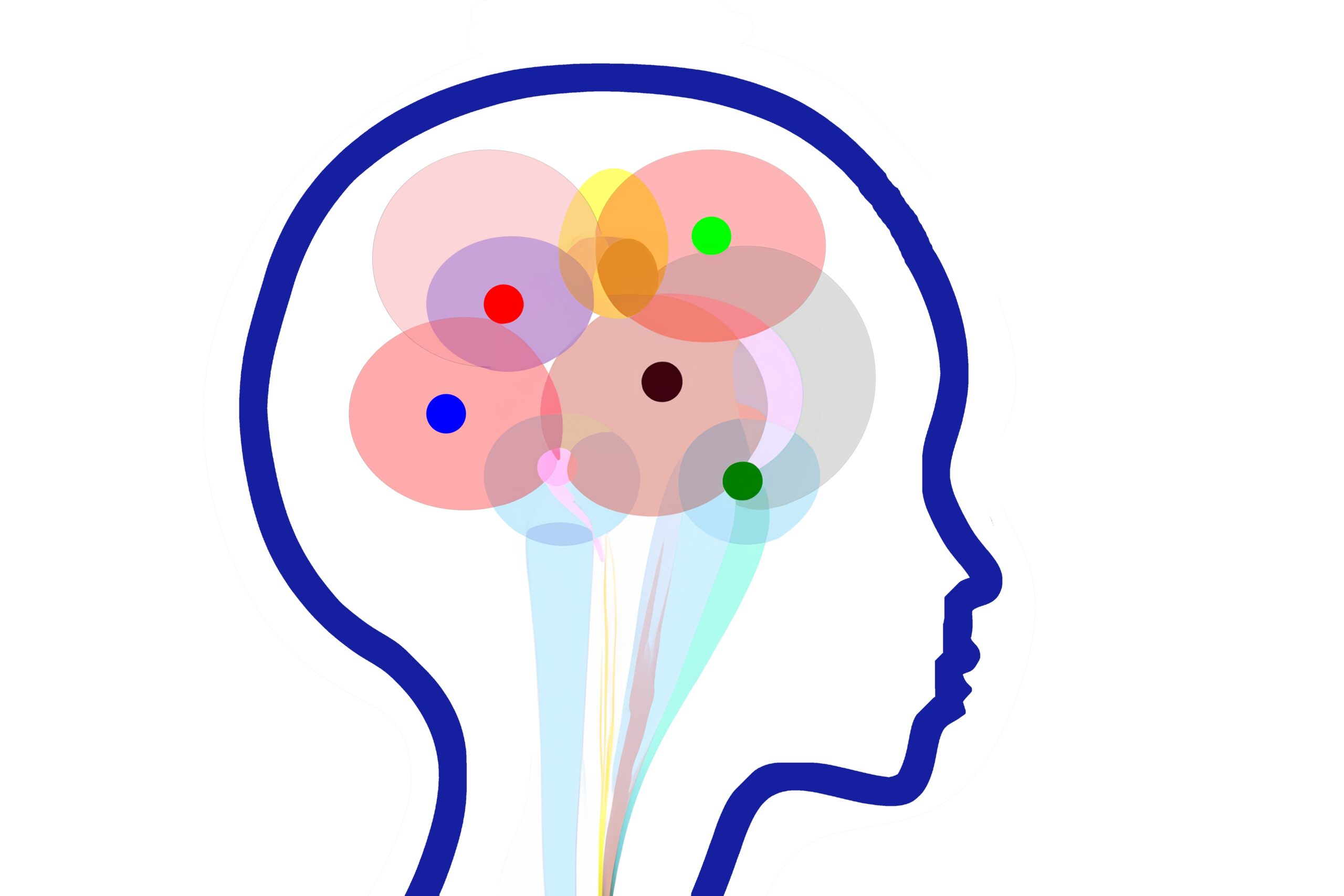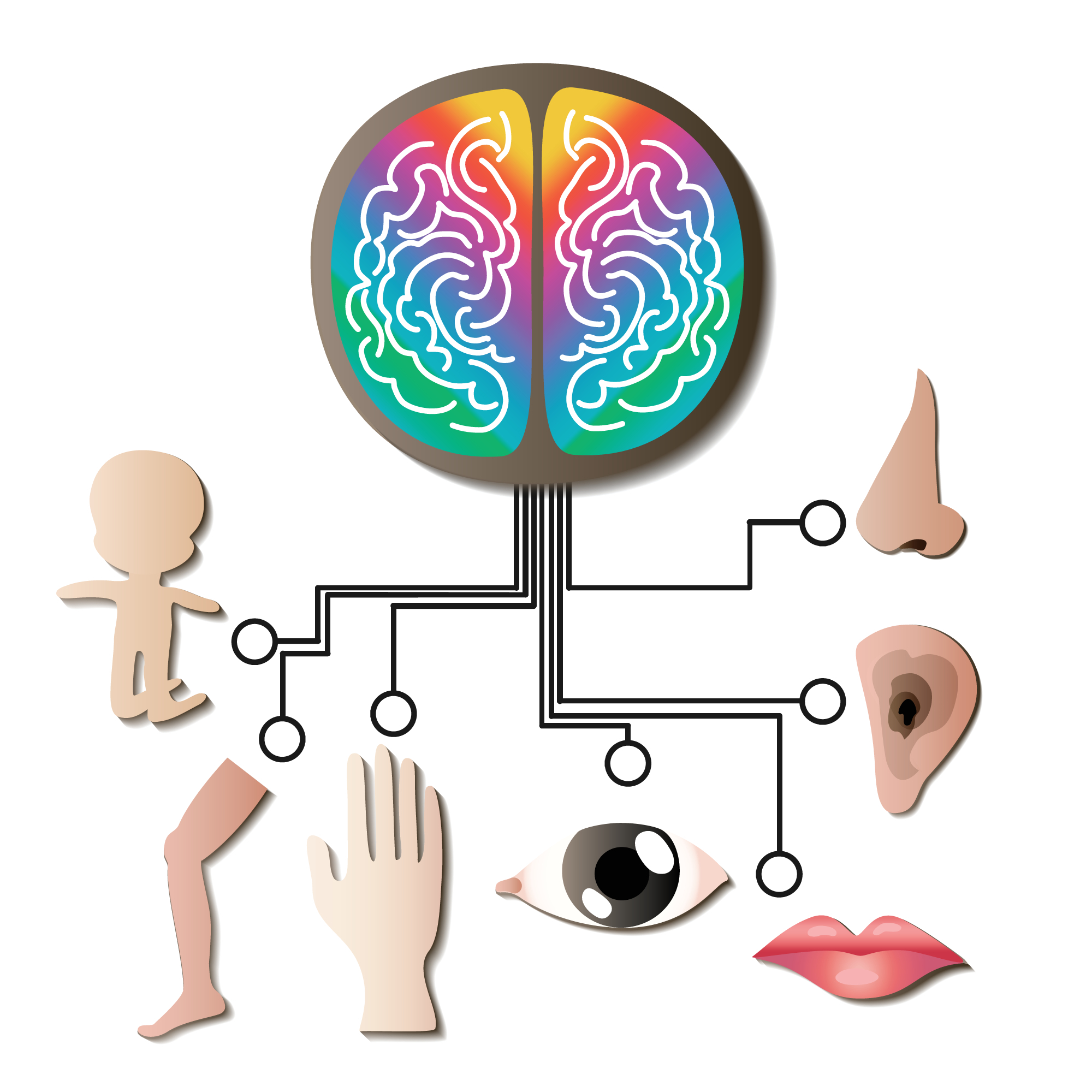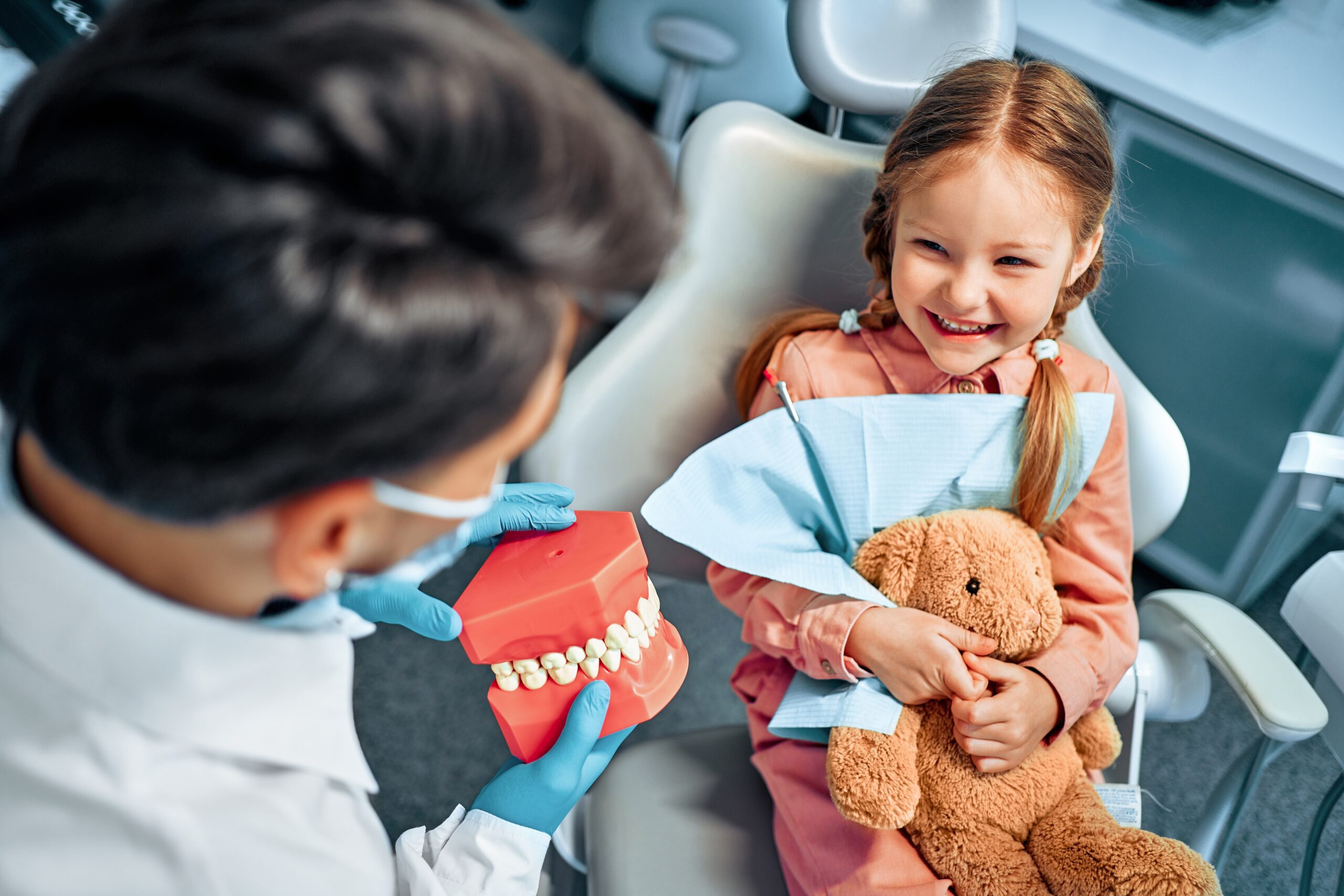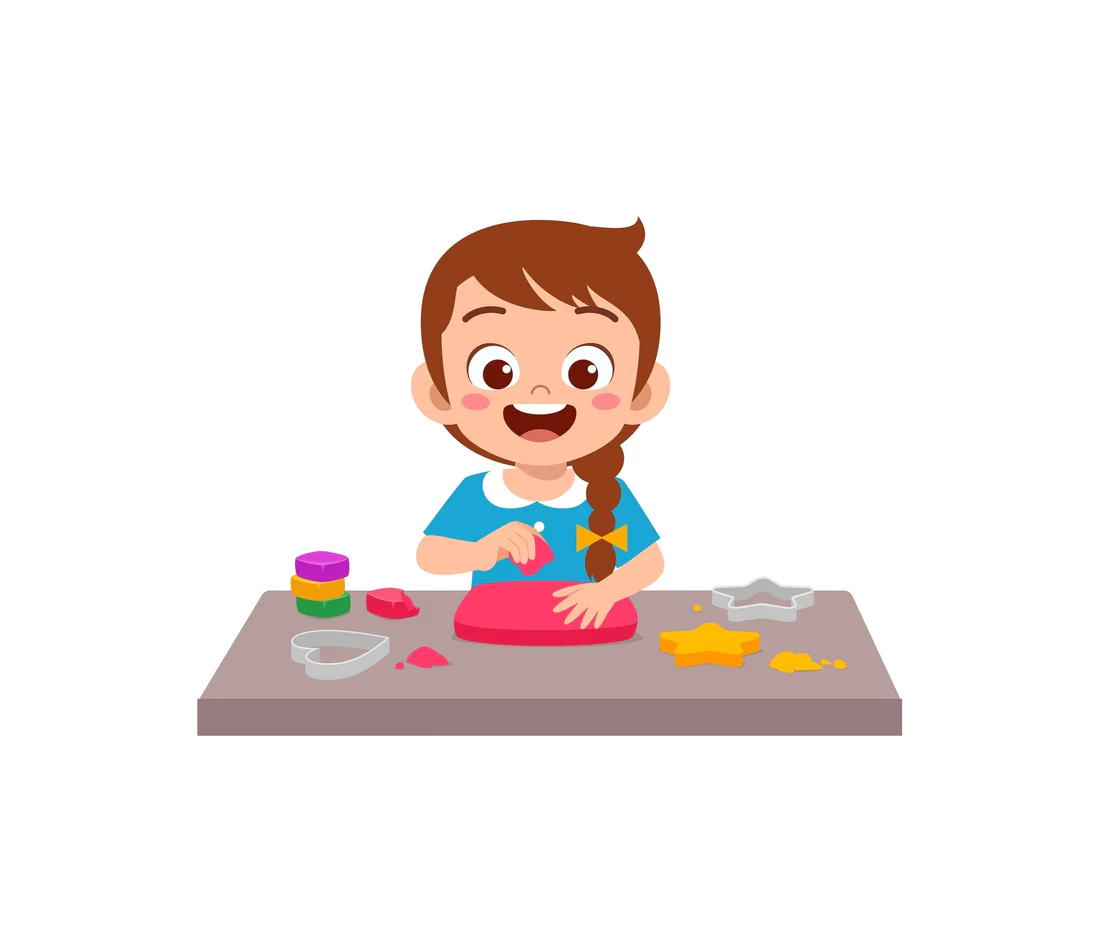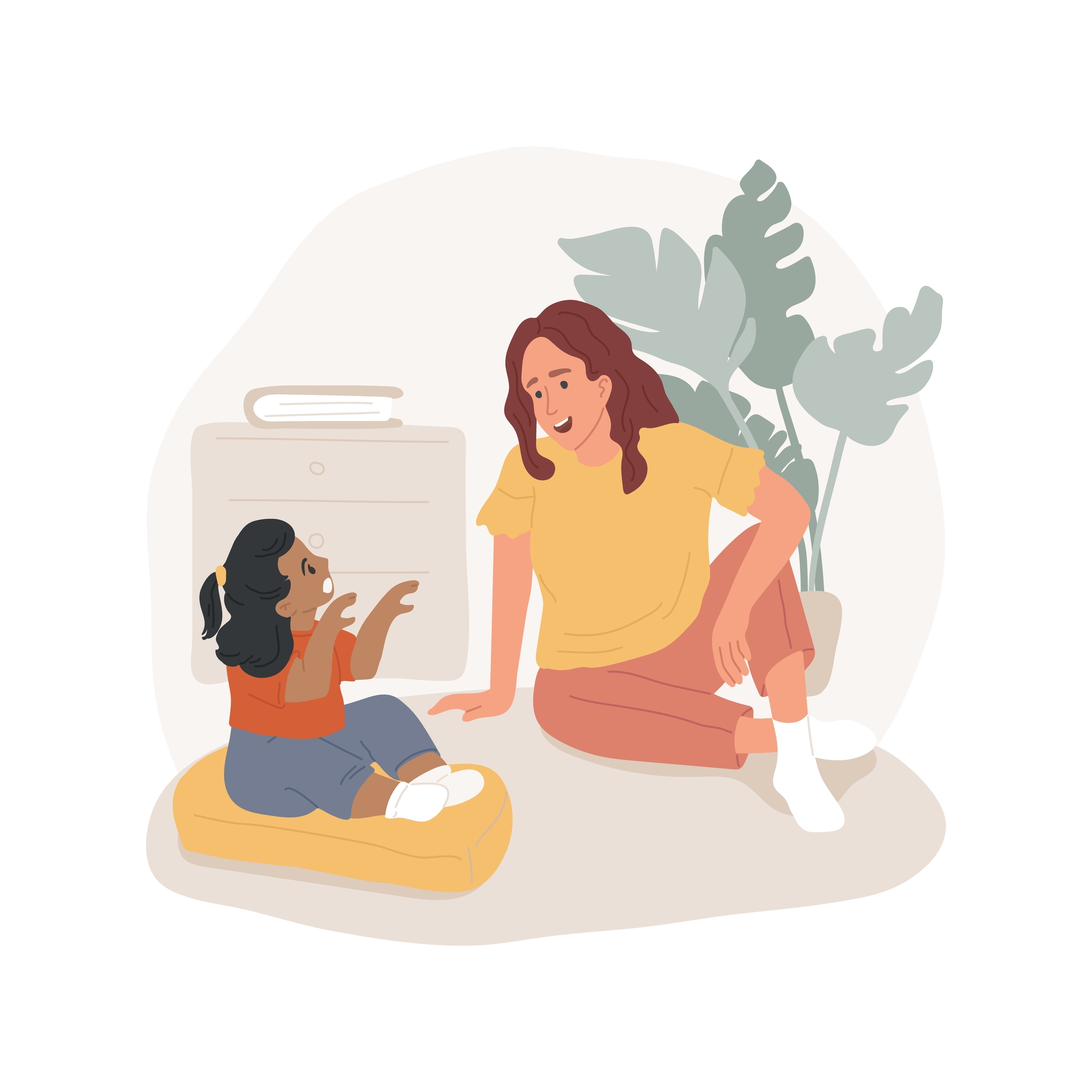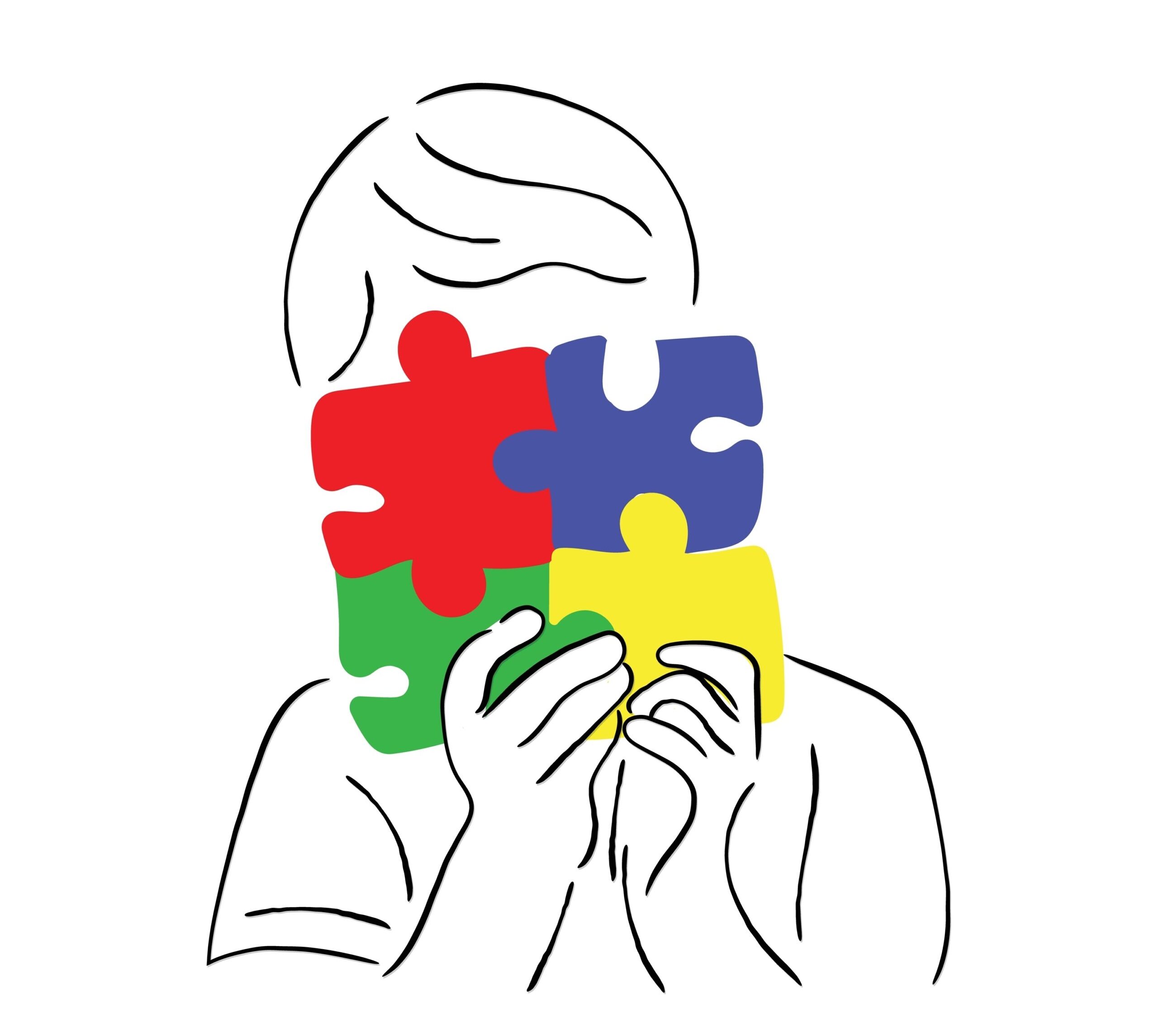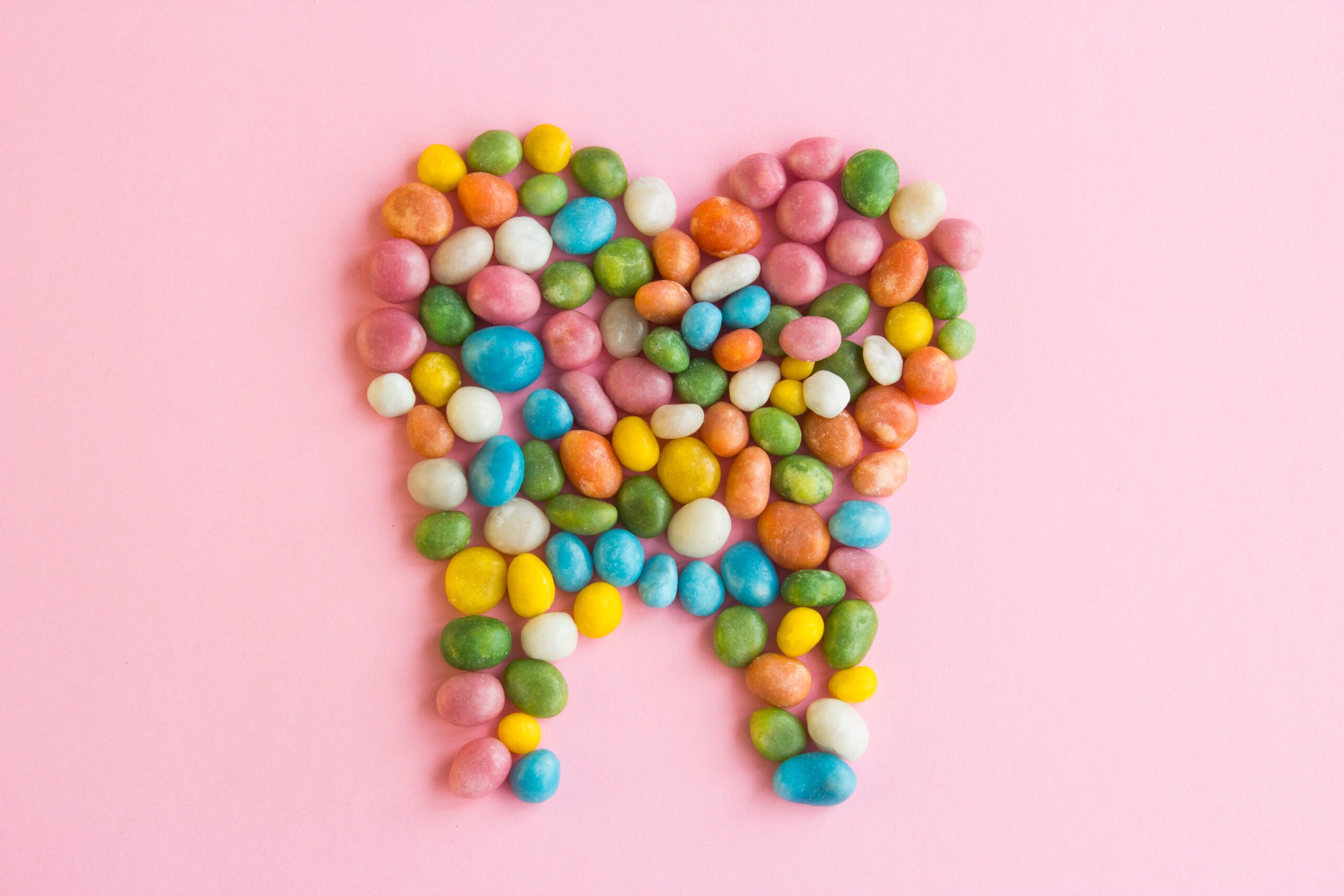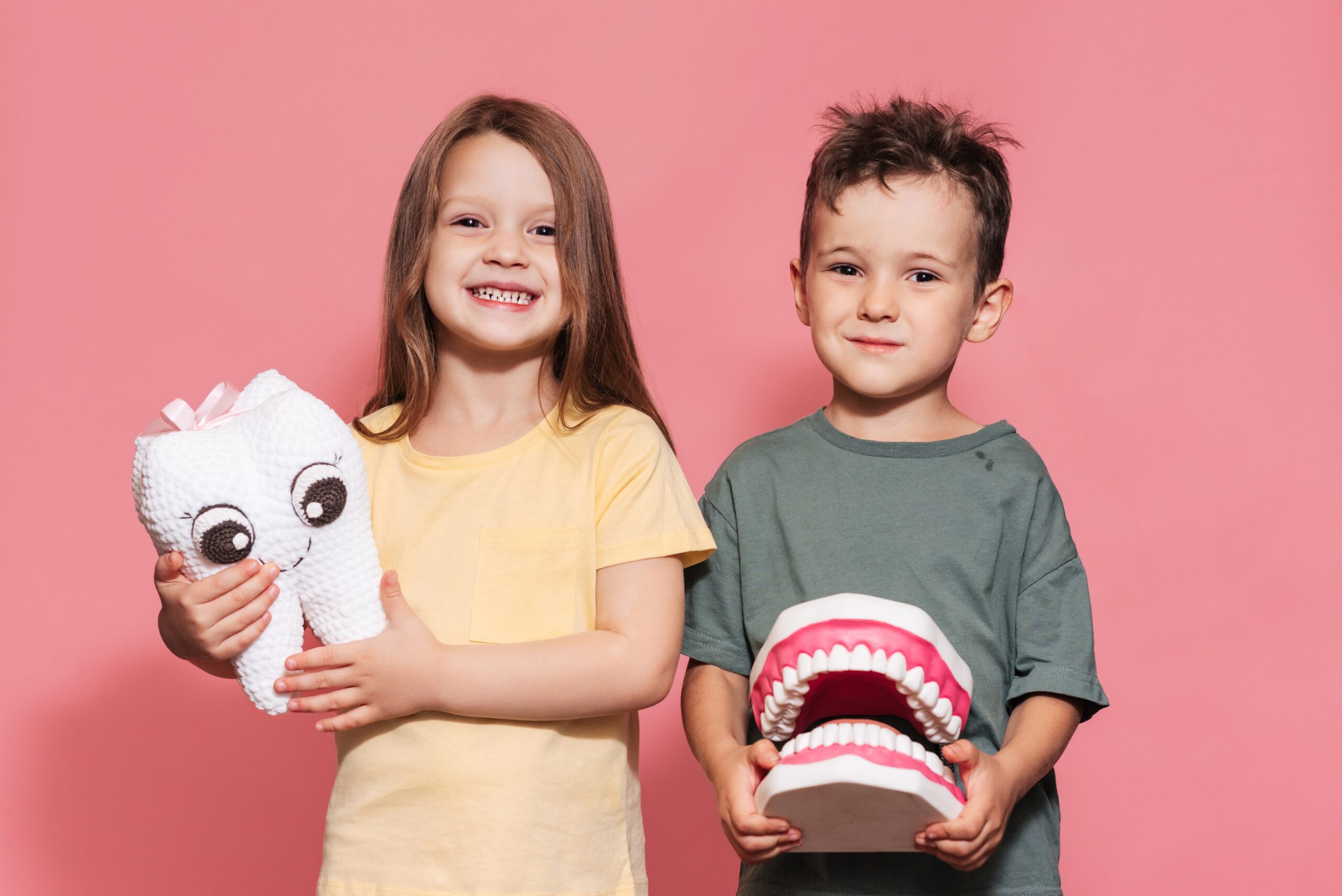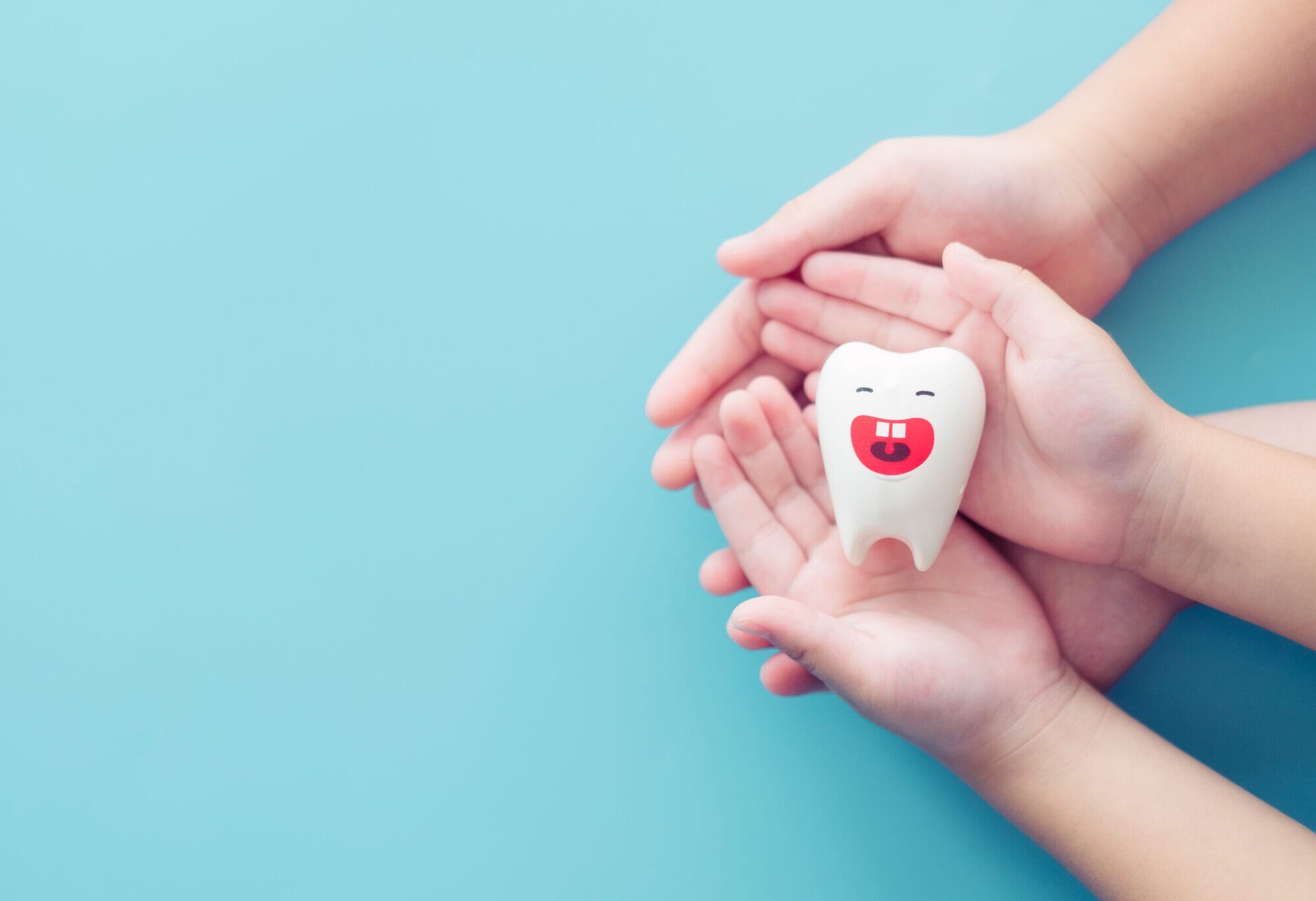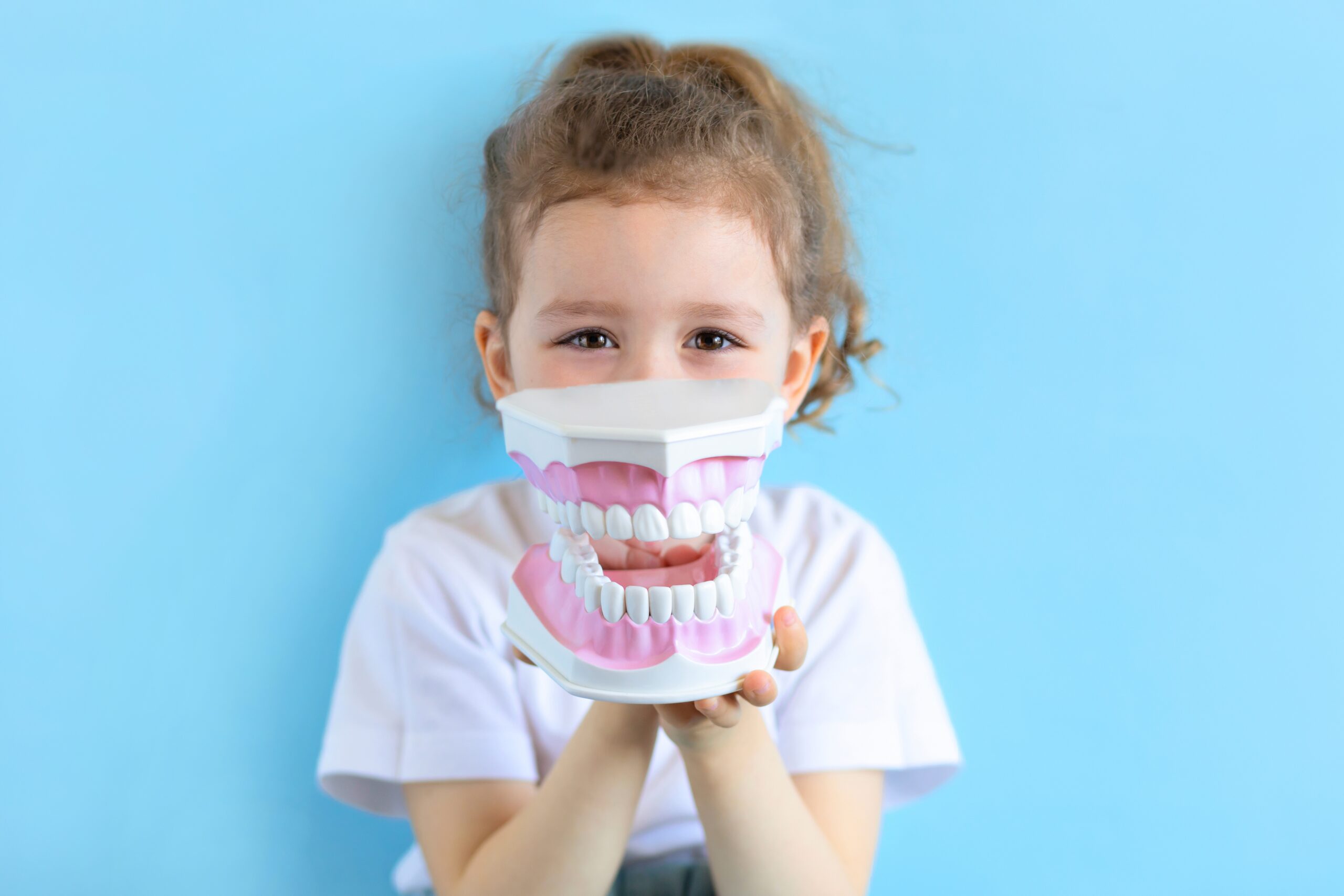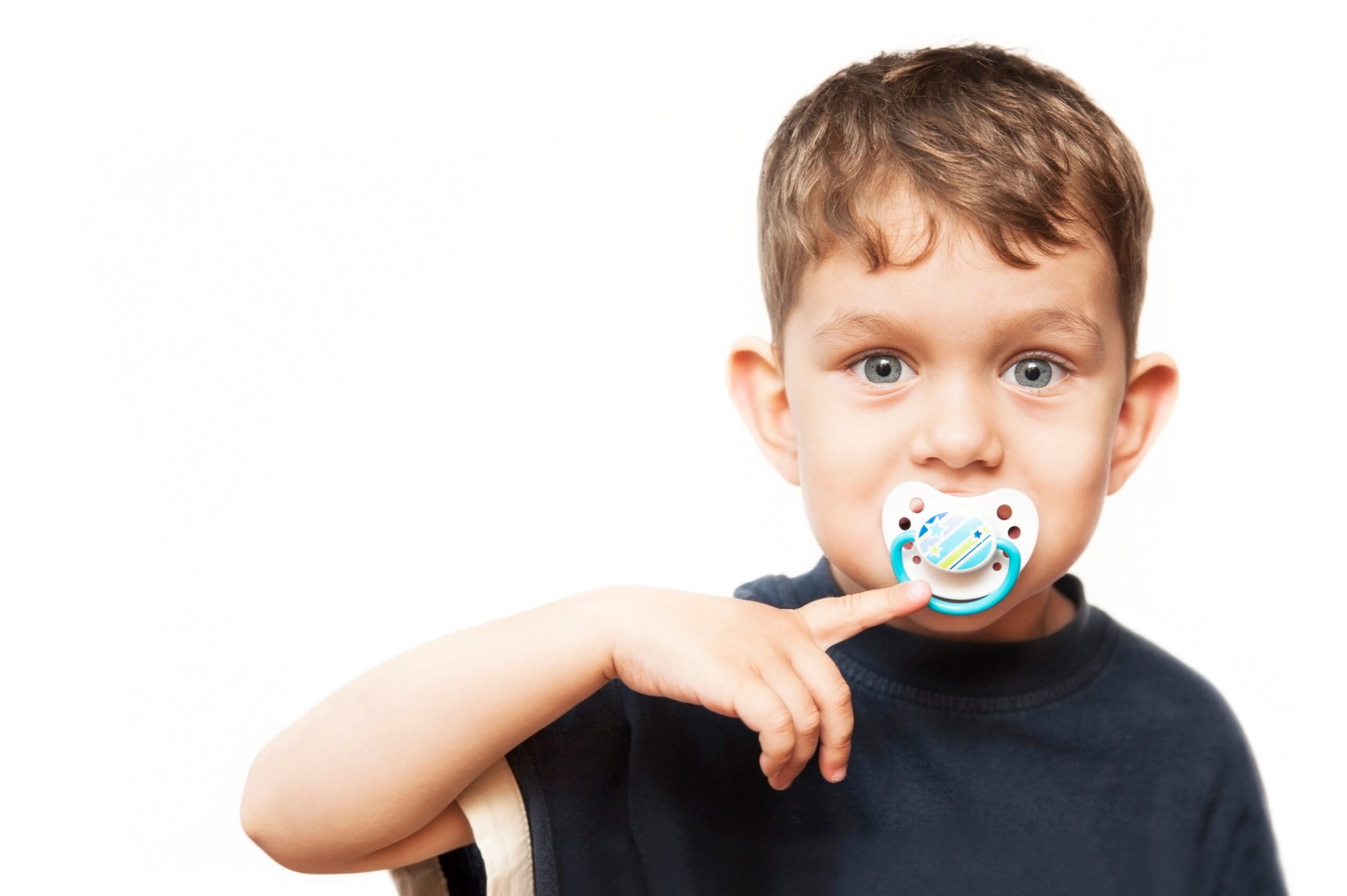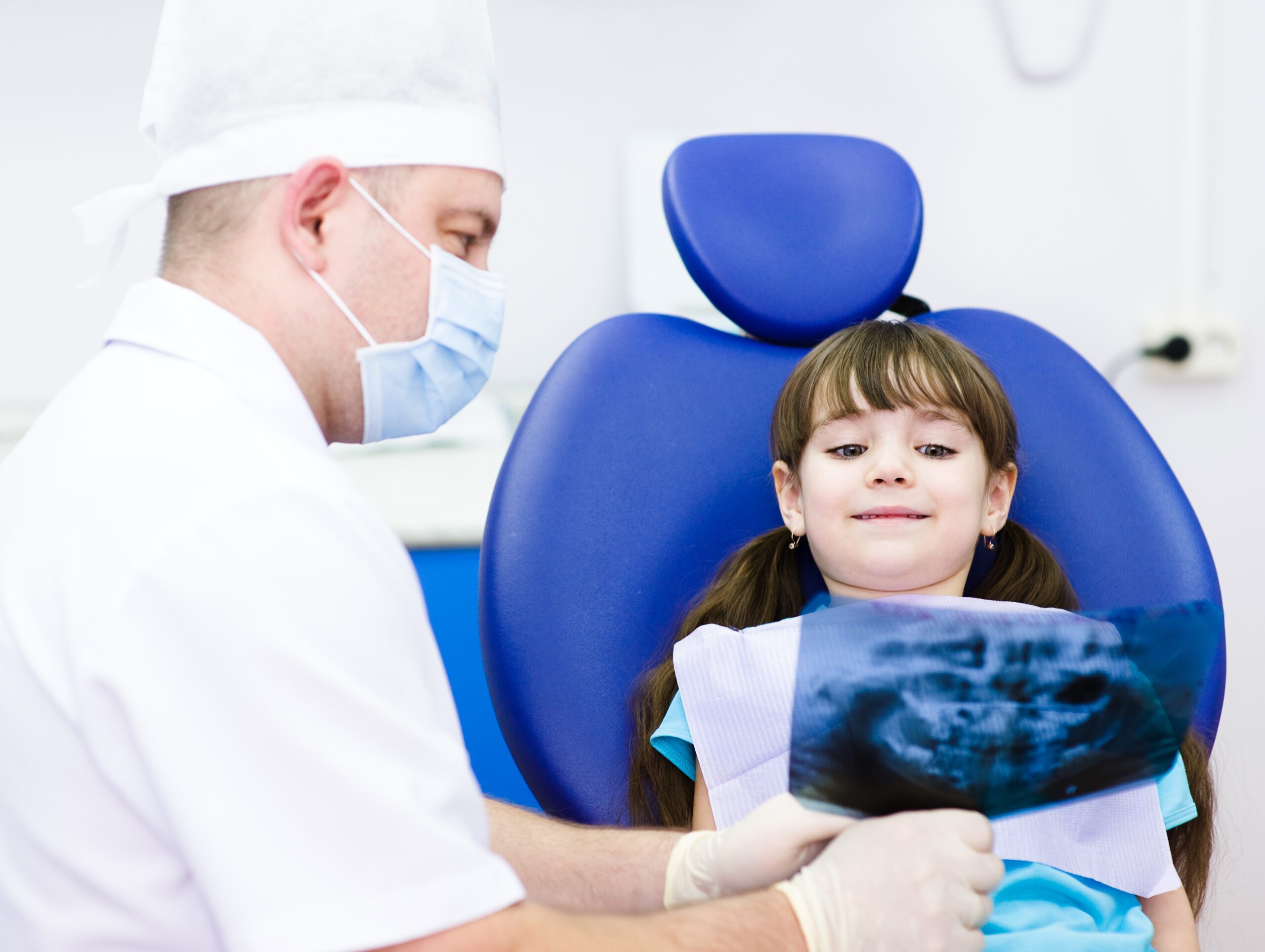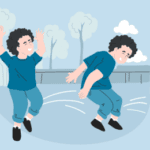
Blog
How Baby Bottle Use Can Impact Oral Development
Author: DrSensory
June 23, 2025
How Baby Bottle Use Can Impact Oral Development
Baby bottles play a vital role in infant nutrition—but prolonged or improper use can interfere with your child’s oral motor development, jaw growth, and even speech. Many parents are surprised to learn that extended bottle feeding can cause long-term dental concerns if not addressed early.
In this article, we’ll explore the developmental risks associated with prolonged bottle use, the importance of proper nipple selection, and how to successfully wean your child from the bottle while supporting healthy oral development.
The Link Between Tongue Posture and Jaw Development in Kids
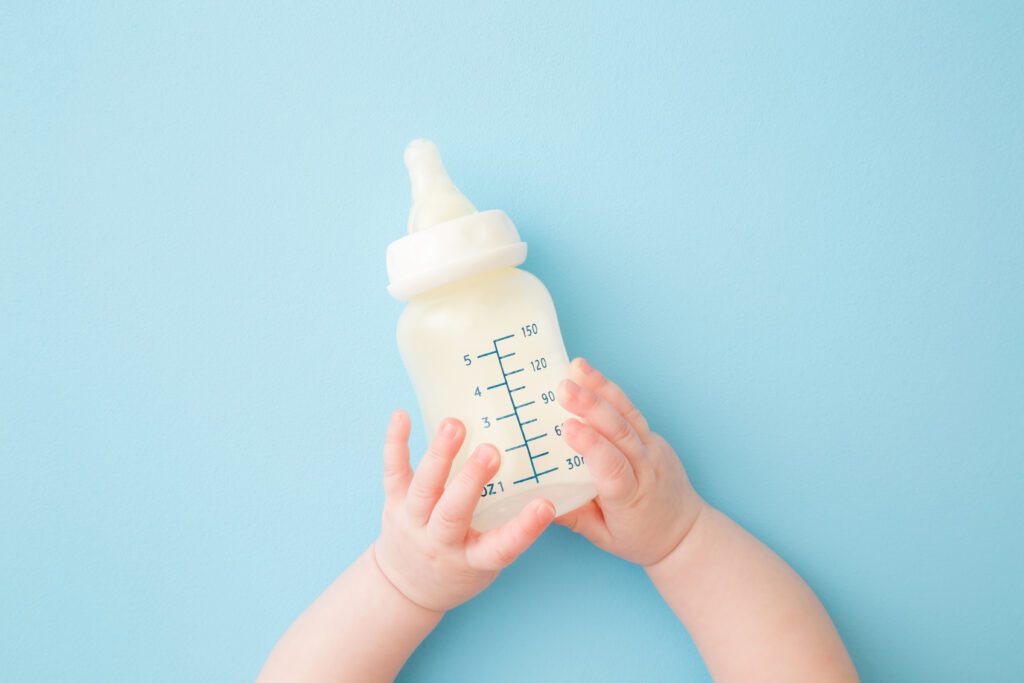
Bottle Weaning Timelines and Recommendations
According to the American Academy of Pediatric Dentistry (AAPD), it’s recommended to introduce a sippy cup around 6–12 months and wean off the bottle completely by 12–18 months.
Here’s why this timeline matters:
Tooth Decay (“Baby Bottle Tooth Decay”)
Prolonged bottle feeding, especially with sugary liquids like milk, formula, or juice, can expose teeth to sugars for extended periods—fueling cavity-causing bacteria. This is one of the leading causes of early childhood caries (ECC).
Malocclusion and Bite Issues
Frequent sucking on a bottle, particularly beyond 18 months, can influence jaw growth and tooth alignment. It may lead to:
Open bite
Overjet (protruding front teeth)
Narrow dental arches
These conditions often require orthodontic intervention later on.
Speech Development Delays
Persistent bottle sucking can delay proper tongue, lip, and jaw coordination. This may contribute to speech articulation difficulties and hinder development of clear speech sounds.
How Dental Alignment Affects Chewing and Swallowing in Children
Nipple Shape, Flow Rate, and Jaw Growth
Not all bottles are created equal. The shape of the nipple and flow of milk can significantly impact oral development:
Fast-Flow Nipples Can Disrupt Oral Function
Fast-flow bottles can encourage lazy sucking habits and discourage the baby’s natural suck-swallow-breathe rhythm. This may:
Lead to oral motor weakness
Increase the risk of swallowing issues
Disrupt the development of proper tongue posture
Ideal Nipple Characteristics for Oral Health
Choose a nipple that:
Has a slow, controlled flow
Mimics breastfeeding patterns
Encourages tongue-palate contact
Promotes nasal breathing over mouth breathing
Impact on Jaw and Facial Muscle Development
Improper bottle use can contribute to muscle imbalances in the face and alter jaw alignment, which may influence the shape of the palate and airway health long term.
Understanding Your Child’s Dental X-Ray: What Parents Should Know
Understanding Enamel Hypoplasia in Children
Baby Teeth and Speech Development: How Are They Connected?
When Is Thumb Sucking a Problem? A Developmental Guide for Parents
How to Wean Your Child Off the Bottle—Sensory-Smart Tips
Weaning doesn’t have to be stressful. A gradual and sensory-friendly approach can help your child transition without resistance.
1. Start Gradual Transition Around 12 Months
Replace one bottle a day with a sippy cup or open training cup. Introduce cups with soft straws or 360-lidless designsto promote proper lip closure and tongue movement.
2. Eliminate Bedtime Bottles
Avoid bottles at naptime or bedtime. Sugary residue in the mouth overnight dramatically increases the risk of tooth decay. Instead, offer:
A favorite blanket
A pacifier (if age-appropriate)
Gentle calming routines
3. Use Positive Reinforcement
Encourage your child with praise, small rewards, or a sticker chart to celebrate progress. Avoid punishment or pressure, which can create resistance and anxiety.
4. Choose Developmentally Appropriate Cups
Opt for cups that encourage oral skill development, such as:
Soft straw cups (engage cheek and tongue muscles)
Open cups (train lips and promote jaw stability)
Avoid hard spout sippy cups, which can mimic the mechanics of bottle feeding
Signs Your Child May Have a Hidden Oral Restriction
How Dental Alignment Affects Chewing and Swallowing in Children
The Importance of Brushing Teeth Starting at a Very Young Age
Support Your Child’s Oral Health from the Start
Baby bottles serve an important role in early nutrition, but knowing when and how to transition away from them is essential for your child’s oral, facial, and speech development.
By understanding how bottles affect the teeth, jaw, and muscles of the mouth, parents can take proactive steps to protect their child’s smile—and support lifelong oral health.
If you’re unsure about your child’s bottle habits or oral development, reach out to a pediatric dentist or a feeding specialist at DrSensory. Early guidance makes all the difference in building healthy habits that last a lifetime.
X-Rays Are Key to Protecting Your Child’s Smile
Dental X-rays are more than just images—they’re a roadmap to your child’s healthy oral development. From spotting hidden cavities to tracking jaw growth and preventing future orthodontic problems, they play an essential role in pediatric dentistry.
If you have concerns about X-ray safety or frequency, talk to your child’s dentist. At DrSensory, we prioritize comfort, communication, and safety—ensuring every visit supports your child’s long-term dental health.

🔍 FAQ: Baby Bottle Use and Oral Development
❓ When should I stop giving my baby a bottle?
The American Academy of Pediatric Dentistry recommends starting the transition to a cup by 12 months and fully weaning off bottles by 18 months to support proper oral development and reduce the risk of tooth decay.
❓ Can bottle feeding really affect my child’s teeth?
Yes. Prolonged bottle feeding—especially with sugary drinks like milk or juice—can cause early childhood cavities, also known as baby bottle tooth decay. It can also contribute to bite misalignment and jaw development issues if used past the recommended age.
❓ What kind of cup is best for transitioning from a bottle?
Choose a cup that supports oral motor development, such as:
Soft straw cups – promote proper tongue and cheek movement
Open training cups – help develop lip closure and jaw stability
Avoid hard-spout sippy cups, which can mimic the mechanics of bottle feeding
❓Is it okay to give my child a bottle at bedtime?
It’s best to avoid bottles at bedtime. Milk or juice left on the teeth overnight can cause rapid decay. If comfort is the goal, try offering a stuffed animal, pacifier, or soothing bedtime routine instead.
❓Can bottle use affect speech development?
Yes. Extended bottle use can interfere with the development of oral muscles, tongue posture, and breathing patterns, which may contribute to speech delays or articulation issues.
❓How do I know if my child’s bottle use is affecting their development?
Watch for signs such as:
Prolonged use beyond 18 months
Difficulty transitioning to cups
Mouth breathing
Narrow palate
Speech delays or open bite
A pediatric dentist or feeding therapist can help assess your child’s development and guide you with a personalized plan.
❓What should I do if my toddler refuses to give up the bottle?
Take a gradual and positive approach. Replace one bottle feeding per day with a cup, offer lots of praise, and introduce a reward system for cup use. Avoid pressure, and consult your pediatrician or dentist for extra support if needed.
related blogs
Your child is constantly moving, crashing into furniture, or having meltdowns in response to seemingly minor things like a loud
Your toddler refuses to wear certain clothes, has huge meltdowns in noisy places, or is an extremely picky eater, limited
Your child seems to miss verbal instructions, struggles to follow conversations in noisy environments, and often asks "what?" even when
On the surface, autism and Ehlers-Danlos syndrome (EDS) might seem like two entirely unrelated conditions. One is a neurodevelopmental condition
The intense head pain begins, lights feel blindingly bright, and every sound seems amplified to an unbearable level. You retreat




